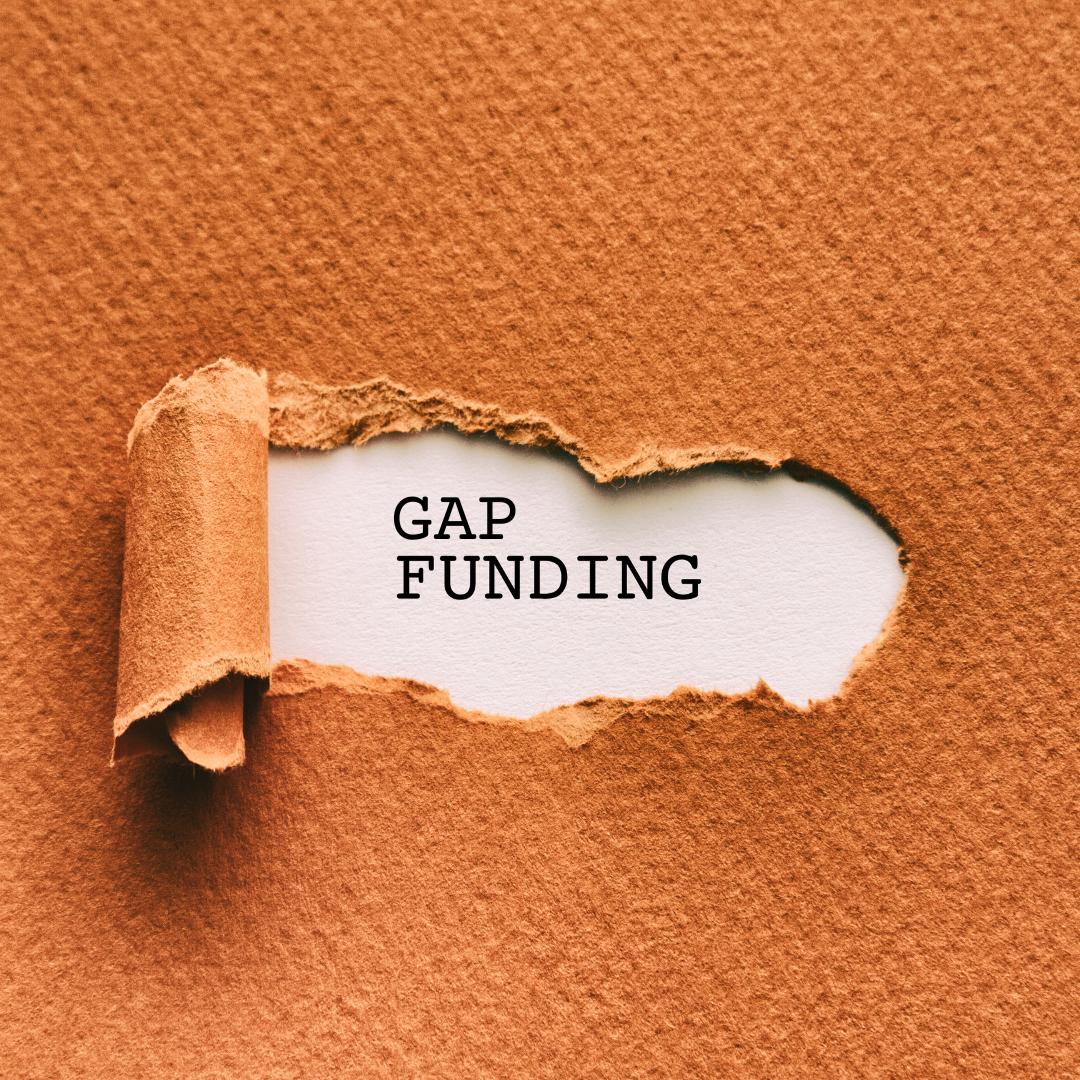
In real estate, understanding different funding options is crucial. GAP funding, often mentioned in property financing discussions, can seem complex. This guide by EMD Transactional Funding aims to clarify GAP funding, exploring its role, function, and importance in real estate deals.
GAP funding, or bridge funding, is a short-term loan. It covers the “gap” between the amount a primary loan or available capital provides and the total cost of a real estate purchase. It acts as a supplemental loan, filling in financial shortfalls. For more information about GAP funding, Fortune Builder’s article offer interesting insights.
In real estate, buyers typically secure a primary loan like a mortgage. This loan, along with the buyer’s funds, might not cover the entire cost. This shortfall could include the purchase price or related expenses. GAP funding addresses this issue. It’s a secondary loan, usually from private lenders, that covers the shortfall. Its terms and rates vary, depending on the lender and the deal specifics.
GAP funding is crucial in several scenarios:
In Competitive Markets: Buyers often need extra funds swiftly to secure properties. GAP funding provides this financial support.
For Investment Opportunities: Real estate investors use GAP funding for properties requiring immediate purchase.
For Renovations: Properties needing significant work before use or sale often benefit from GAP funding.
To Assist with Closing Costs: When buyers can afford the property but not the closing costs, GAP funding bridges this gap.
GAP funding includes:
Pros:
Cons:
The average interest rate for a GAP loan, taking California as an example, can vary depending on several factors, including the lender, the borrower’s creditworthiness, and prevailing market conditions. Generally, GAP loan rates tend to be higher than traditional auto loan rates because they are typically unsecured and involve more risk for the lender.
Reasons for the higher rate of GAP loans in California or elsewhere may include:
GAP loans are often unsecured, meaning they are not backed by collateral like a car or home. Lenders charge higher interest rates to compensate for the increased risk of non-payment.
GAP loans are usually short-term loans, which means the interest is calculated over a shorter period. Short-term loans typically have higher interest rates compared to long-term loans.
Lenders consider various risk factors when setting interest rates, such as the borrower’s credit history, income, and employment status. Borrowers with higher perceived risk may be charged higher rates.
Interest rates can fluctuate based on the overall economic environment. If market interest rates are high, lenders may charge more for GAP loans.
Lenders may incur higher administrative costs when processing and underwriting GAP loans, which can lead to higher interest rates.
To determine the specific interest rate for a GAP loan in California, you should contact potential lenders directly and inquire about their current rates and the factors that influence them. Additionally, it’s essential to carefully review the terms and conditions of the loan to understand the total cost and any additional fees associated with the loan.
Consider GAP funding:
Approach GAP funding with caution:
GAP funding is a vital tool in real estate financing. It offers flexibility and access to funds in various scenarios. However, it requires careful planning and consideration. By understanding its mechanics and risks, investors and buyers can make informed decisions, using GAP funding effectively in their real estate endeavors.
We follow and respect the principles of these recognized organizations, even if we are not formally affiliated with some of them.
COPYRIGHT © 2025 EMD TRANSACTIONAL FUNDING
A SERVICE PROVIDED BY GATOR EQUITY LLC.
emdtransactionalfunding.com offers fast and convenient EMD and double-closing funding services for real estate investors and wholesalers nationwide. To get the deposit you need for your next deal, fill out the form or reach out to our team!
A SERVICE PROVIDED BY GATOR EQUITY LLC.
COPYRIGHT © 2025 EMD TRANSACTIONAL FUNDING